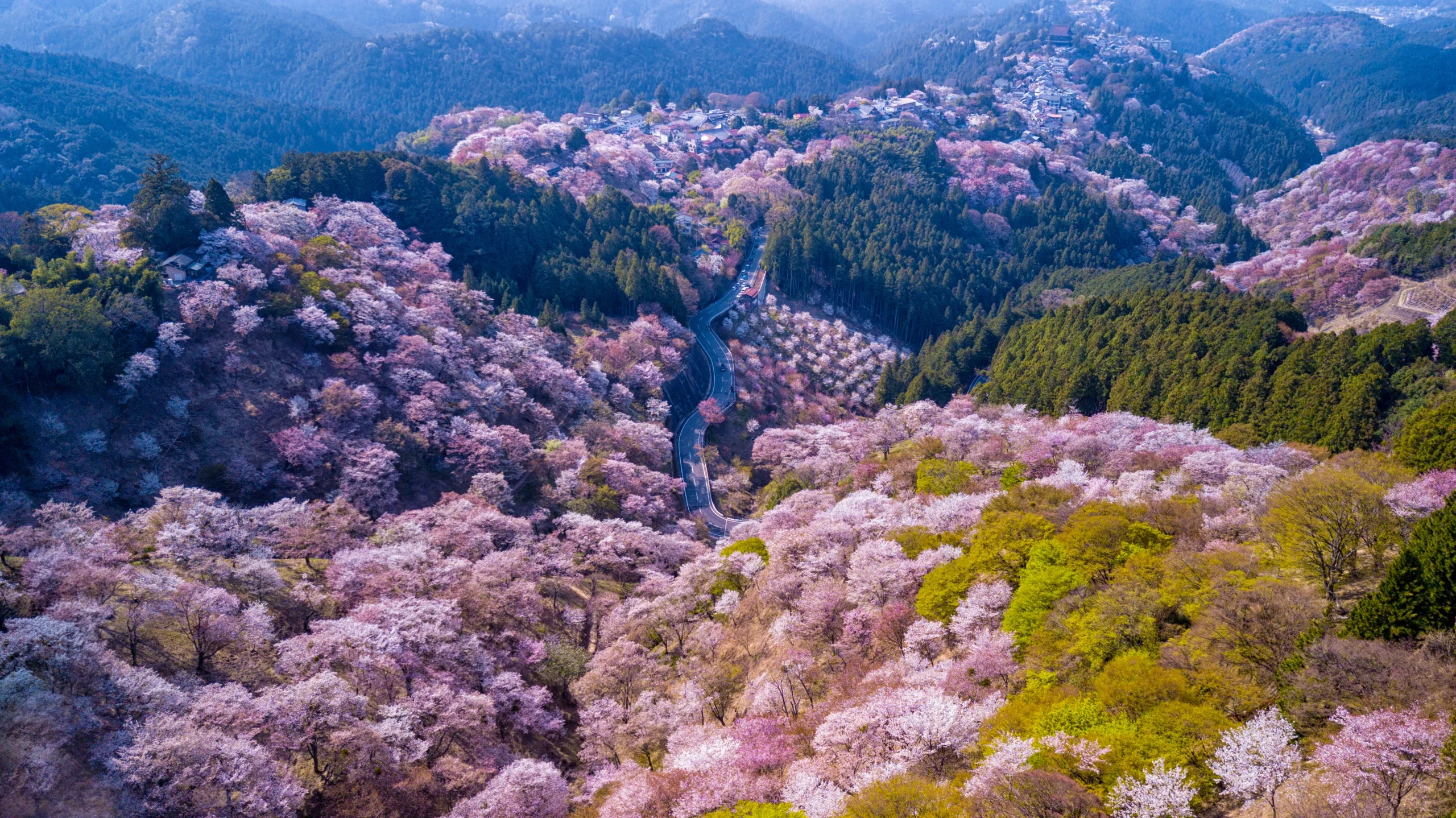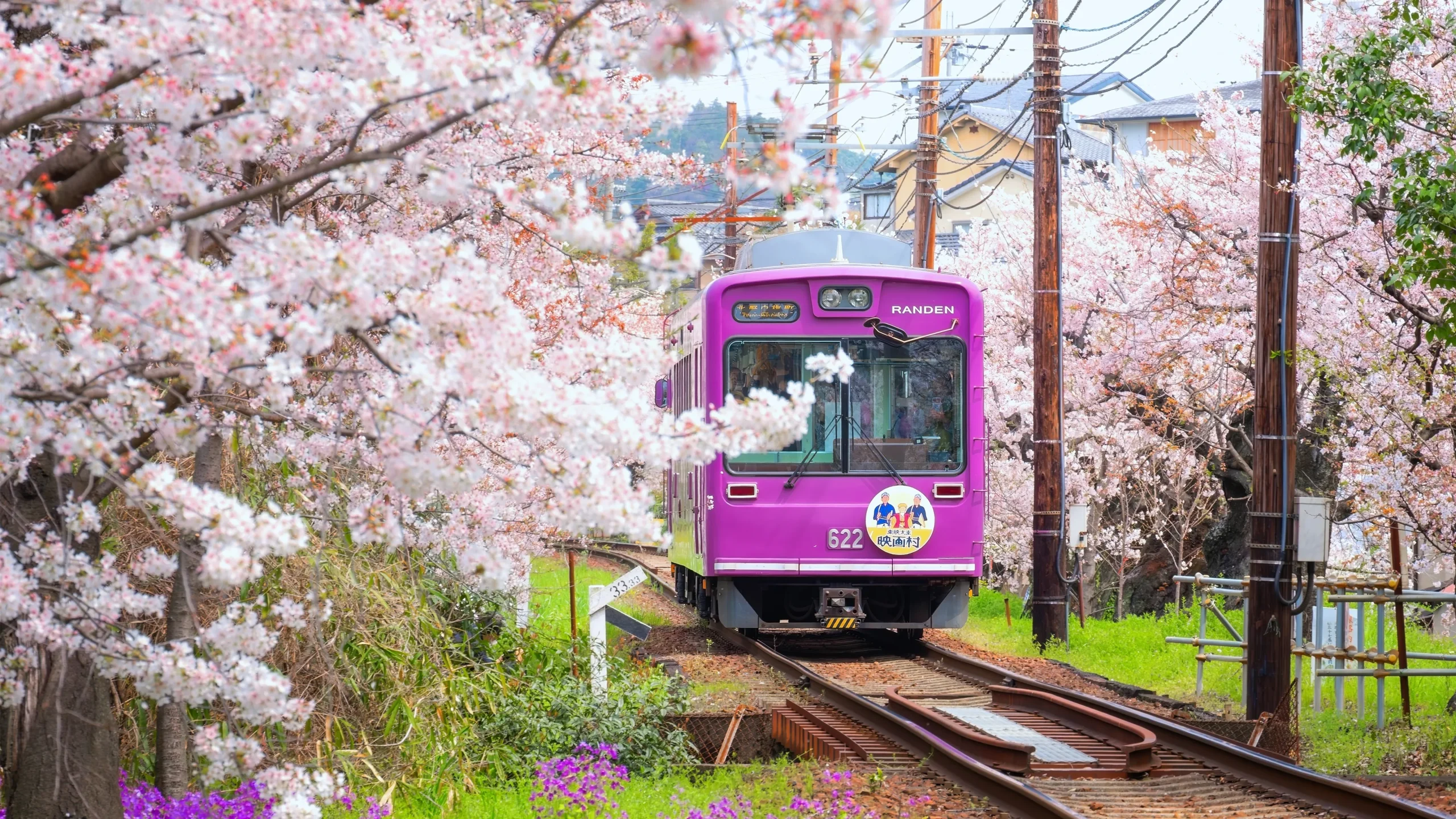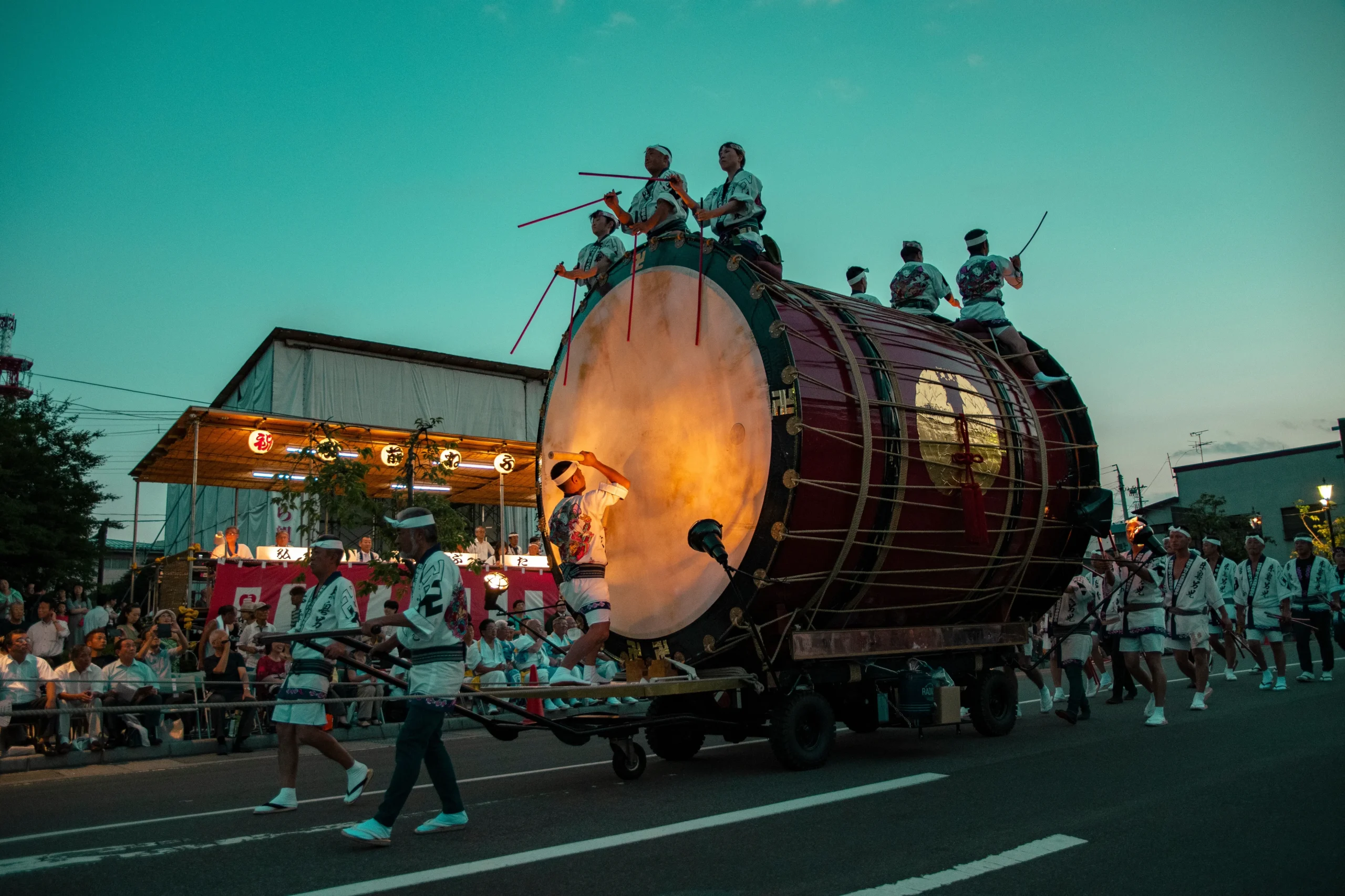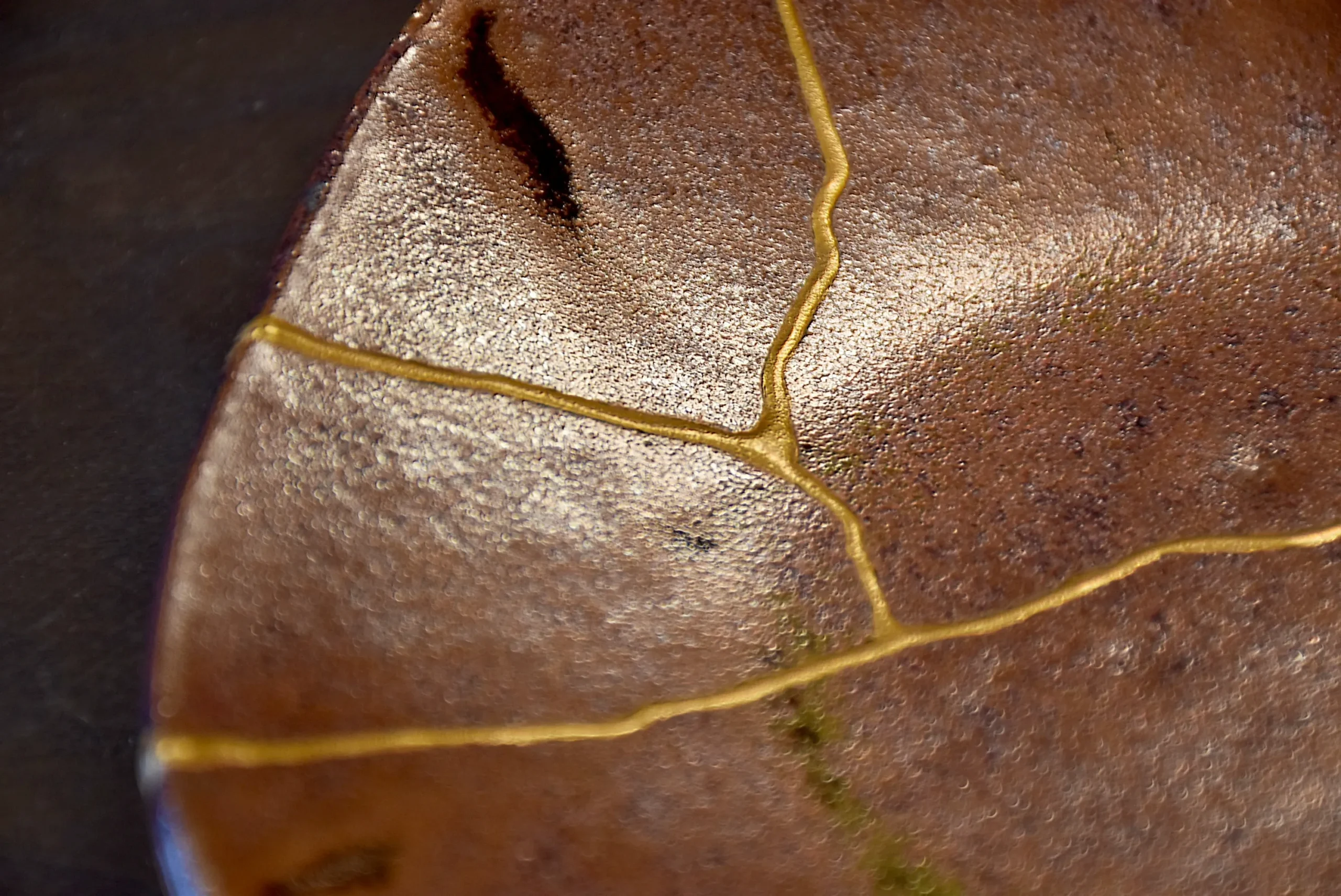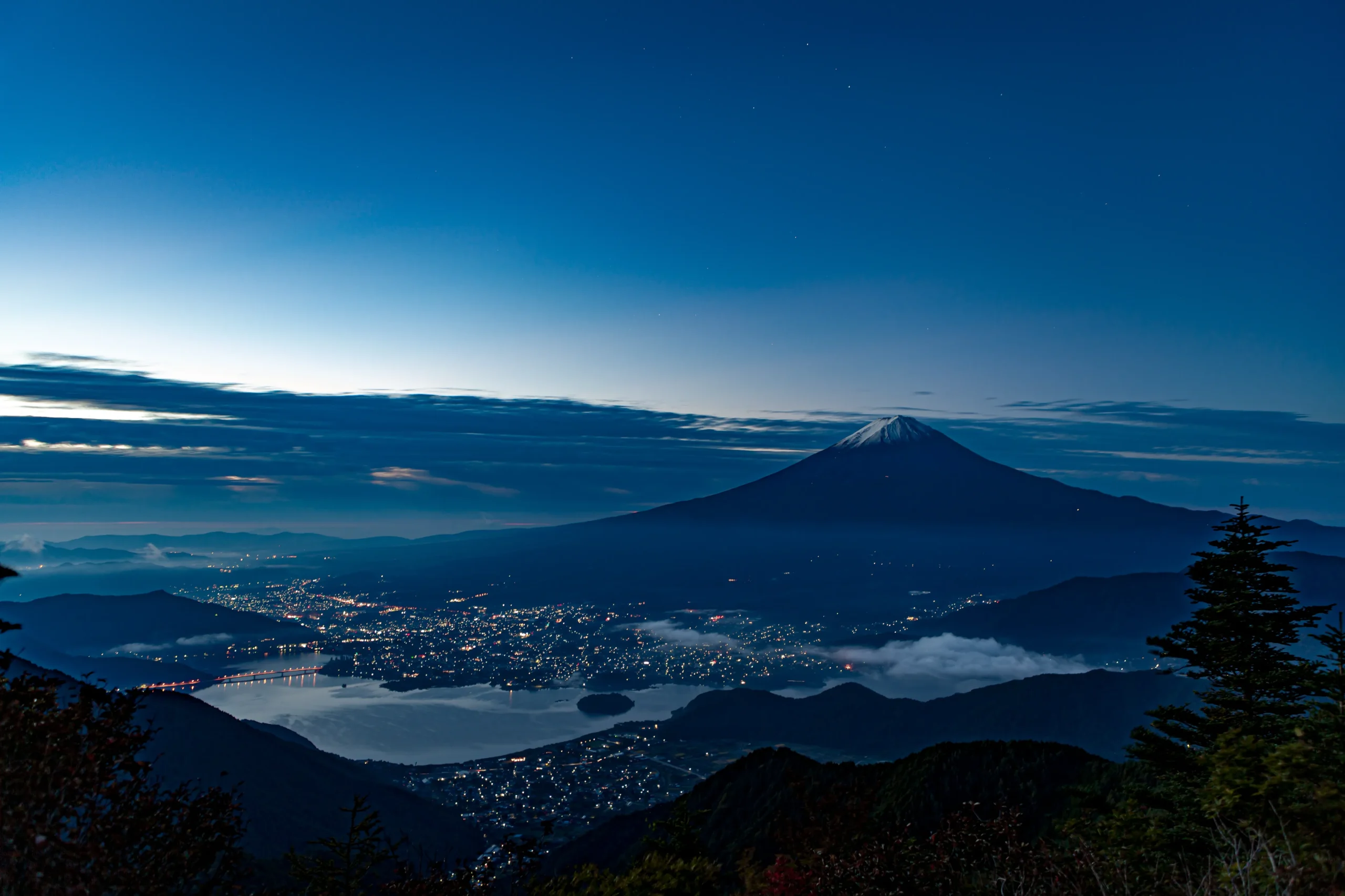The classic “Golden Route”, linking Tokyo, Nagoya, Kyoto, and Osaka, is a popular itinerary for visitors to Japan, and for good reason. Each city offers a unique experience and its own special charm. But if you’re looking to venture off the beaten path and experience a quieter, more traditional side of Japan, Niigata is well worth adding to your journey. Renowned throughout Japan as a top producer of premium rice and world-class sake, Niigata remains a hidden gem among international travelers. In this article, we’ll highlight three exciting ways to experience Niigata, inviting you to taste its delicious food, sip its refined sake, and explore the scenic places that reflect its rich culture and authentic spirit.
Distinctive Features of Niigata
Niigata Prefecture is one of Japan’s hidden gems. Though still relatively under the radar for international travelers, it’s full of natural beauty, flavorful cuisine, and a rich culture shaped by its unique geography and long history. If you’re looking for a peaceful, more authentic side of Japan, Niigata delivers a memorable and enriching experience.
Located on the Sea of Japan side of Honshu, Niigata is one of the snowiest regions in the country, thanks to strong seasonal winds blowing in from the Asian continent. Each winter, the landscape transforms into a pristine white wonderland, giving rise to time-honored customs and breathtaking scenery unlike anywhere else in Japan. Surrounded by rugged mountain ranges such as the Echigo Mountains, Niigata benefits from abundant spring snowmelt. This pure, fresh water nourishes the land and supports the cultivation of top-quality rice, earning Niigata its reputation as Japan’s leading rice-producing prefecture. Niigata also occupies a pivotal geographical position, lying along the Fossa Magna, a major geological fault line dividing eastern and western Japan. As a result, this region blends cultural influences from both sides, making it a fascinating crossroads of Japanese traditions and lifestyles.
Although Niigata feels off the beaten path, it’s surprisingly accessible, just 2 to 3 hours from Tokyo via the Hokuriku Shinkansen. Its convenient location near Japan’s popular Golden Route makes it a perfect stop for travelers eager to venture beyond the usual and discover something truly special.
Things to Do in Niigata
Niigata is a place rich in beautiful scenery, delicious food, and dynamic culture. But what exactly should you do once you’re there? In this section, we’ll introduce three ways to experience Niigata: eating, drinking, and exploring.
Eat

When it comes to food in Niigata, rice takes center stage. Among Japan’s many premium rice varieties, Uonuma Koshihikari is prized for its rich flavor and smooth texture, consistently topping national taste rankings. But Niigata’s culinary scene doesn’t stop there. You’ll also find local specialties like hegi soba (buckwheat noodles blended with seaweed), incredibly fresh sushi and seafood, and warm, hearty ramen.
A great place to enjoy Niigata’s regional flavors is Benten-dori Shopping Street, just a short walk from JR Niigata Station. Lined with casual eateries and local shops, this lively arcade offers authentic dishes in the relaxed, nostalgic atmosphere of a traditional Japanese shotengai.
Drink
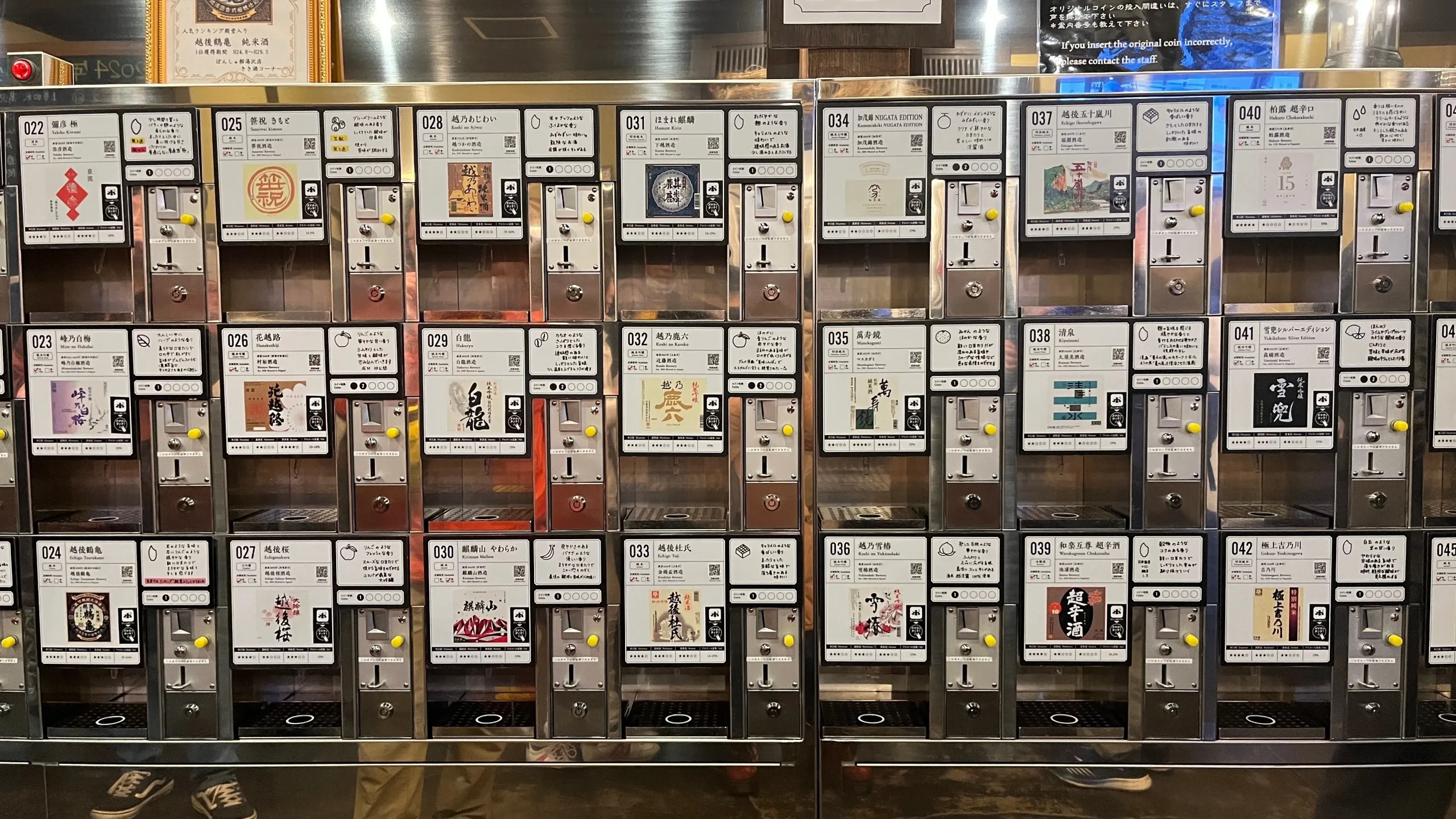
Niigata is also a paradise for sake lovers. Thanks to its pure water and exceptional rice, the region is home to more sake breweries than anywhere else in Japan. Many of them are family-run for generations and steeped in history. Over the centuries, local brewers have refined their traditional craft, producing Niigata’s sake with its signature tanrei karakuchi style: clean, crisp, and refreshingly dry.
For a casual tasting experience, head to Ponshukan, located inside JR Niigata Station. This popular spot features over 100 varieties of local sake and a fun vending machine system that lets you sample five different types for just 500 yen. It’s an easy and enjoyable way to discover your new favorite brew.
Explore
Niigata is home to magnificent landscapes and cultural sites you won’t find anywhere else in Japan. Here are four must-visit spots that showcase the region’s natural beauty and distinct charm.
Fossa Magna Park
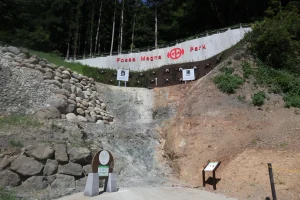
Fossa Magna Park is a remarkable geological landmark that marks one of Japan’s most significant natural features: the Fossa Magna, a major tectonic fault line dividing eastern and western Japan. Here, you can see two distinct layers of rock coming together, creating a rare and fascinating sight that showcases the dramatic formation of the Japanese archipelago. It’s a rewarding stop for geography lovers and curious travelers alike.
Kiyotsu Gorge – Tunnel of Light
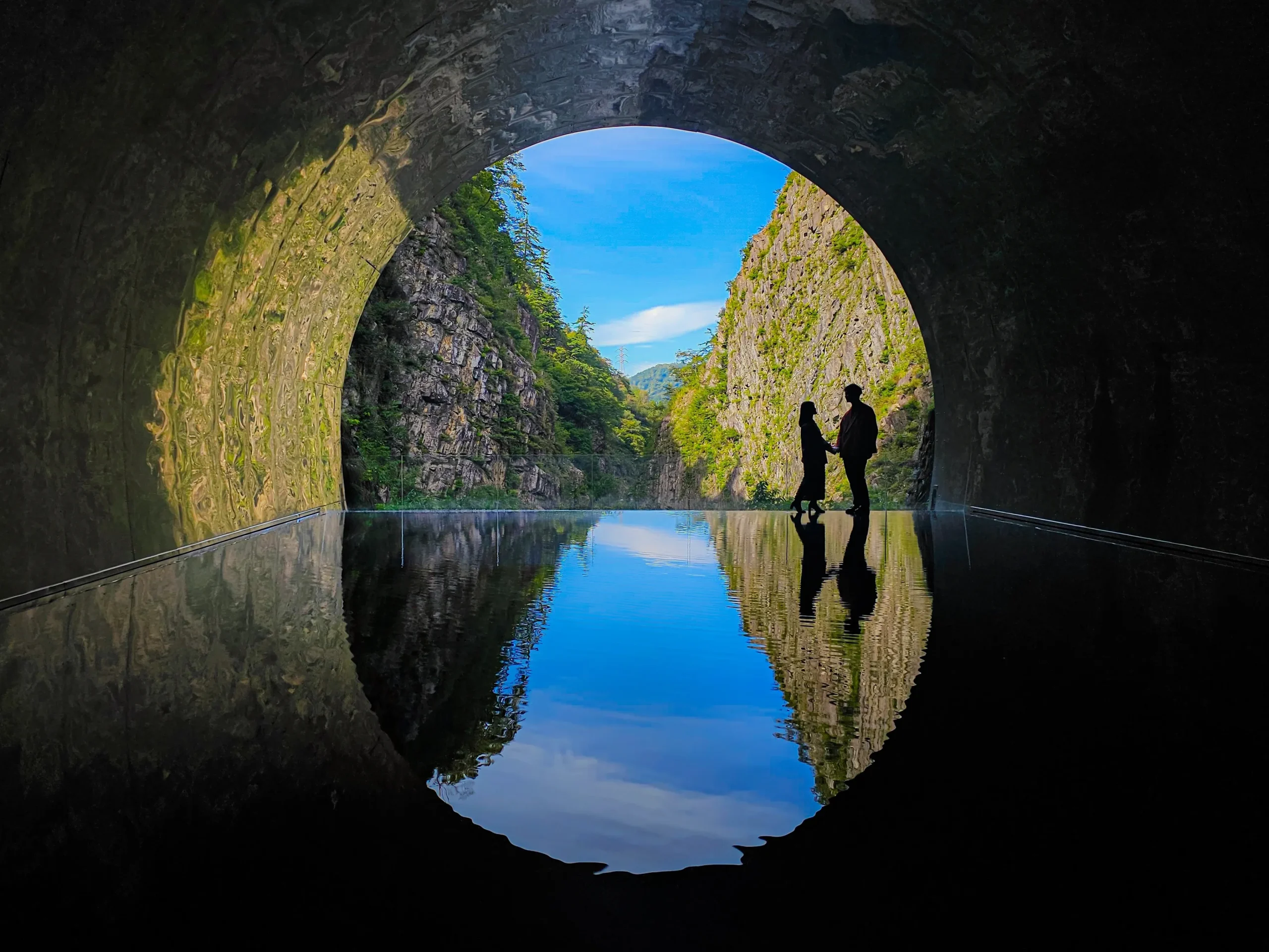
The Tunnel of Light is an immersive art installation set inside one of Japan’s Three Great Gorges, best known on social media for its surreal beauty. Polished surfaces reflect sunlight and the surrounding landscape in mesmerizing ways, creating a dreamlike view of the majestic valley outside. From spring through autumn, the colors and textures of the gorge change with the seasons, making each visit feel unique.
Hoshitoge Rice Terraces
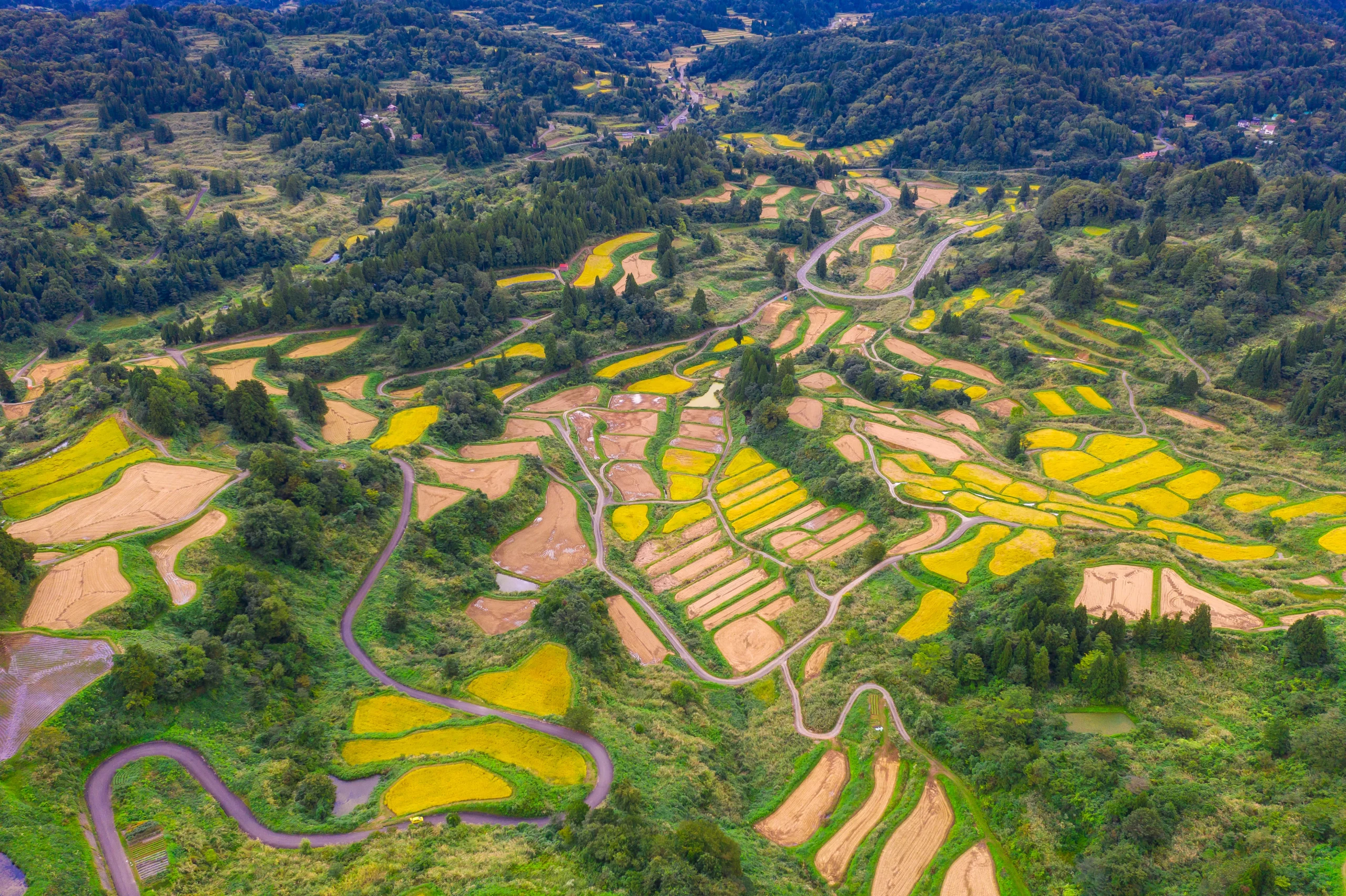
Hoshitoge is one of Japan’s most picturesque rice terraces, with around 200 rice paddies cascading down the hillside. When filled with water in spring (late March to June) and autumn (October to November), the terraced slopes reflect the open sky like a glassy mirror, creating breathtaking scenery that’s a favorite among photographers. Keep in mind, though, that the area is closed in winter due to heavy snow.
Sado Island

Just off the coast of Niigata, Sado Island is a captivating destination where rugged nature, rich history, and outdoor adventure come together. With the historic Sado Gold Mine earning UNESCO World Heritage status in July 2024, the island is drawing growing attention from travelers around the world. One of its standout summer highlights is the night SUP (stand-up paddleboard) experience, where you can glide across crystal-clear waters on a glowing board lit from below. Surrounded by shimmering starlight and the gentle, soothing sound of waves, it’s a magical, romantic escape from everyday life.
Summary
With its flavorful cuisine, world-class sake, and stunning landscapes, Niigata has all the essential elements for a perfect trip. Conveniently accessible from Tokyo and now home to a newly designated UNESCO World Heritage site, it’s quickly becoming one of Japan’s most rewarding travel destinations. Why not explore it now, ahead of the crowd? Experience a deeper, more authentic side of Japan, before more people discover it.

